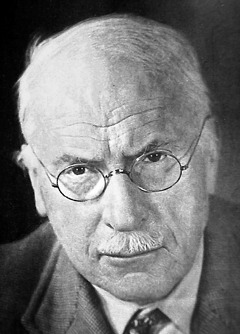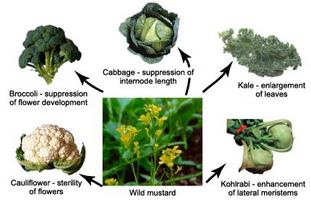I do think that biotech and art wavers on a very fine line when considering the social and societal impacts of selective breeding, mutilation and mutation. Starting with selective breeding, I do believe that in the future we will certainly face a dilemma of selecting certain genes to be carried on to offspring to improve aesthetics and appearance while also being faced with other parents who wish certain genes to be carried on to avoid mental and physical handicaps. While many will argue that selective breeding will become an art and that we should be trying to create humans that will be as aesthetic as possible, others will consider that now we are playing God and are creating humans in vein of ourselves. Will this eventually lead to a sort of arms race in various countries trying to create a superhuman with parents mating and choosing for their offspring to receive the greatest height genes possible? Will the governments of countries force some citizens to mate to again create a sort of superhuman? All of this is possible and foreseeable in the future. I just hope that there is some sort of intervention that limits the possibility of this chaos. There will be a disparity of riches and wealth as I am sure this process will be expensive. I am all for eliminating genes that can cause autism or other handicaps, but when humans are being chosen or created for the means of another person or another government, I believe that our society will be faced with an interesting challenge.
Further, mutilation and mutation for artistic means is another fascinating subject. I do not think that it is proper for artists to proceed to do such acts on animals such as rats. I understand doing so for the sake of testing to be able to advance medicine for humans, but doing so soley for artistic purposes is not admired in my point of view. One area of 3-D printing for mutation I actually do like. I believe that this is definitely an advancement that crosses both borders that would help our human population if someone was to get severely injured and this would help them recover. That fact that it is possible to
"analyze the DNA for identifiable traits, she used a computer model to predict the faces of the people who left them and used 3-D printing to recreate those faces" (Ghose, 1) inspires me. Overall, biotech and art are definitely going to be interlinked for a long time. There are certainly advancements in the future that we will see and will make this a very interesting crossover.
Ghose, Tia. "Bio-Art: 3D-Printed Faces Reconstructed from Stray DNA." LiveScience. TechMedia Network, Web.
Miranda, Carolina. "Weird Science: Biotechnology as Art Form." ARTnews. 18 Mar. 2013. Web. 11 May 2015.
Motherboard. Experimenting With Biochip Implants. 2013. Web. 10 May 2015. Youtube.v
“Selective Breeding." Wikipedia. Web. 10 May. 2015. <http://en.wikipedia.org/wiki/SelectiveBreeding>.
Vesna, Victoria. "Mind Intro." YouTube. UCLA, n.d. Web. 23 Apr. 2015. <https://youtu.be/RF0Qt7L2-kM?t=37>.






















